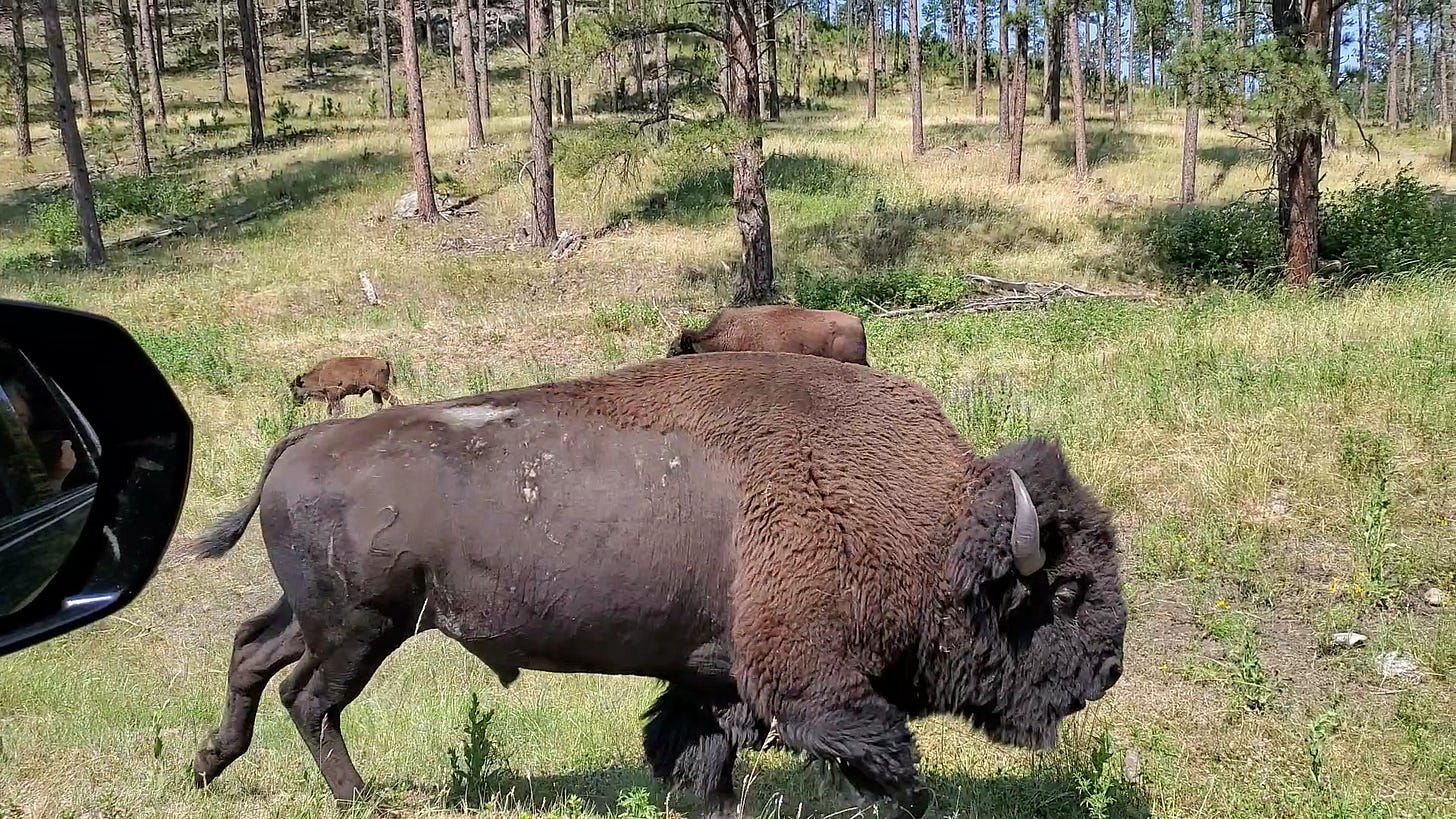Welcome to Monday Mastery, a series designed to shift your perspective, teach you new techniques, and help you become a more effective writer, one tip at a time.
I love a good story. Most humans do. We are story-driven creatures, right down to our lizard brains.
However, there’s a time for a story … and there’s a time for a novel.
Where so many writers go wrong is when they conflate the two.
No matter if you’re writing an email, an article, or a book — a story brings to life one element of your thinking. (Narrative is different from story. A narrative is our purpose, and the decisions we make around how we’re going to structure our story to achieve our goal. A story is a series of events; a beginning, middle and end. A narrative can include more than one story.)
If a reader has to wade through a 1,500-word story to get to the point you’re trying to make in a thought leadership article — that’s probably too much.
If you’re going to tell a story to illustrate your point — and I encourage you to do so — think in terms of story concision.
What parts of your story are critical for the reader to know, so they can make the logical connection between the story and the point you’re making?
Sometimes, bringing the reader into the story by going deep with the sensory details is the right move. Maybe you need them to really feel like they were there to get the point.
Often, though — when you’re writing for audiences as a professional, especially — you don’t need that much heavy-hitting writing to make a story work for you.
Take this email I sent to my consulting firm email list for example.
I tell the story of encountering a herd of bison up-close literally in one sentence. Plus a photo, of course, because BUFFALO.
If you’re 1,500 words into telling a story to illustrate a point, check in with three things before you keep going:
Relationship: Who are you writing to, and what relationship do you have with them (or what relationship do you want to build)?
Experience: What experience do you want the reader to have when they land on or receive your content?
Objective: What is your objective for writing this piece? And what objective would the reader have for wanting to read it? (Are they looking to solve a problem, get inspired, learn more about a subject …?)
The answers to those questions will tell you pretty quickly if your story is going to do its job in your writing.





